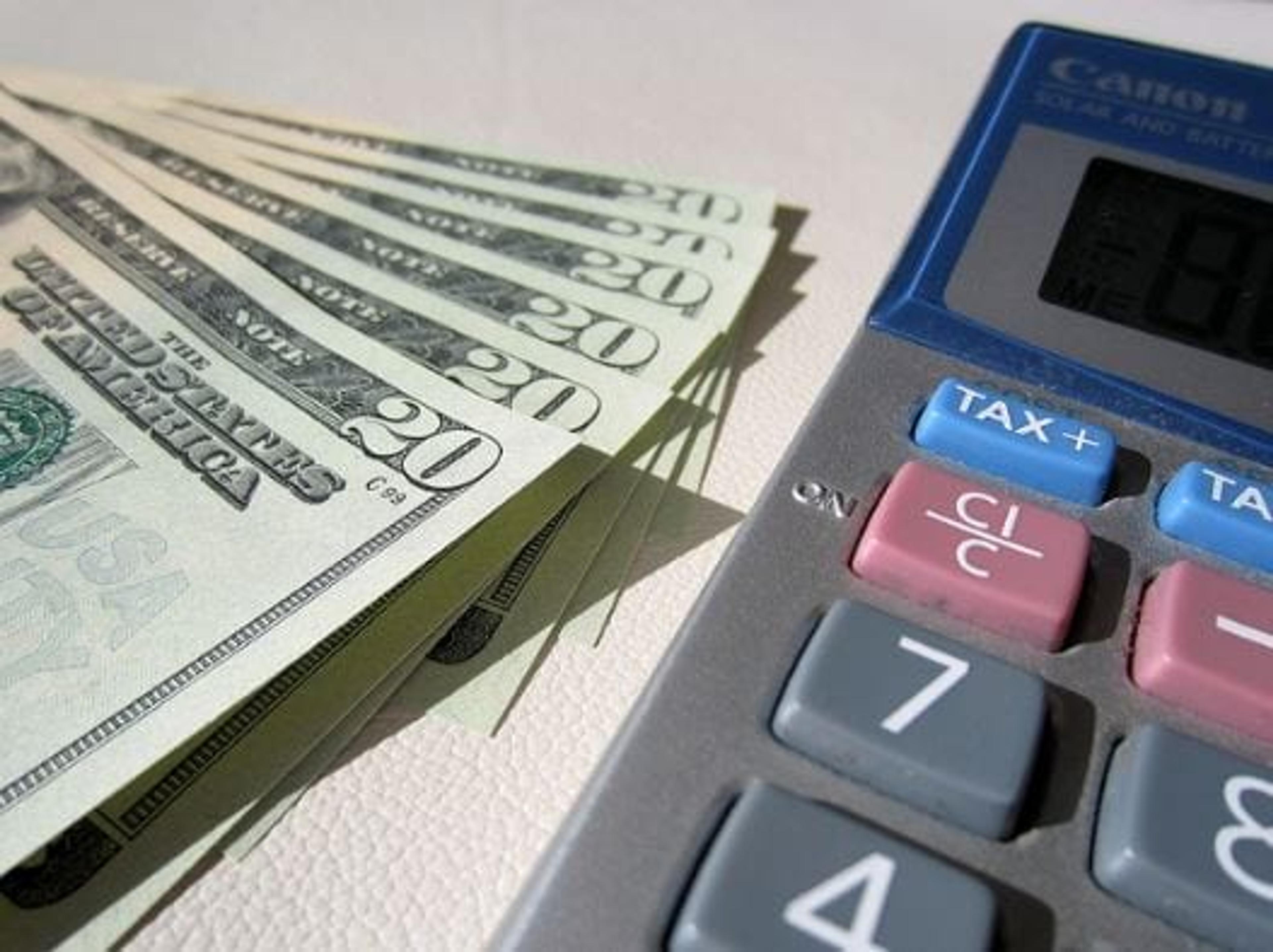How to Make the Most Out of Your HSA or FSA

Blue Daily
| 3 min read

When preparing for future health expenses, nothing beats a health savings account (HSA) or a flexible spending account (FSA). These accounts help you set aside pre-tax money for qualified medical expenses that arise during the year, helping save money while taking care of yourself and your family.
As health care costs, including prescription drugs, continue to rise, taking advantage of these accounts help keep more money in your bank account.
While they are somewhat similar, an HSA and FSA are different. Here’s how:
HSA
HSAs are similar to a 401(k) retirement account; you can only enroll in an HSA if you have a HSA-compatible health plan. HSAs are almost always included with a high-deductible health plan. With an HSA, you have a triple-tax advantage, flexibility over how much you contribute and the ability to keep your unused balance. You can use the funds now or choose to invest the funds to save for retirement. Health care expenses increase with age, and you can use an HSA to pay for premiums until you are eligible for Medicare. Young people can start saving early and contribute pre-tax funds until they enrolled in Medicare.
There are limits on how much you can add to an HSA each year. In 2026, the limits are $4,400 for individual coverage and $8,750 for family coverage. People age 55 and older can contribute an additional $1,000 annually.
FSA
An FSA is set up by your employer. You decide how much to put in the account every year and use it to pay for qualified medical expenses. It works with the majority of PPO employer-sponsored health plans. Like with HSAs, there are contribution limits; the 2025 maximum is $3,300 for individuals and an additional $3,300 for a spouse on the plan.
One important note, you lose any unused funds remaining at the end of the year unless your account allows rollovers The 2025 rollover limit is $660, according to the Internal Revenue Service (IRS). The 2026 FSA information will be available in the fall.
How to Use Your HSA or FSA funds
Here are some tips to get the most of your accounts:
- Keep track of the funds you are using. Accounts often come with a debit card to access funds, but it is important to keep your own record in case of a discrepancy.
- With an HSA, as long as you don’t go over your annual limit, you can change the amount of your contribution at any time during the year.
- Max out your HSA contributions each year to save the most money. This is generally through payroll deduction. Once an HSA fund reaches a certain amount, you can grow the money through mutual fund investments.
- If you have a chronic condition or take regular medication, calculate how much you think you’ll spend in the year. This will help you see what extra amount will be left over so you know what you need to use up before the end of the year if you have an FSA. If you have an HSA, you can roll over unused funds.
- A medical expense is not limited to a visit to the doctor or medication. You can use your funds for equipment such as prescription medications, crutches, blood sugar tests, glasses, contacts and more. The IRS maintains an updated list of eligible medical expenses.
- Don’t use funds for non-medical expenses. There are penalties for using funds improperly. They can’t be used on over-the-counter drugs, spa treatments, anti-aging creams or vitamins unless your doctor prescribes them. Instead, if you have FSA money left and the year is coming to a close, schedule any doctor’s appointments you’ve been putting off, look into dental work you need, buy extra contact lenses or try a smoking cessation program.
Photo credit: ljubaphoto
Related:





